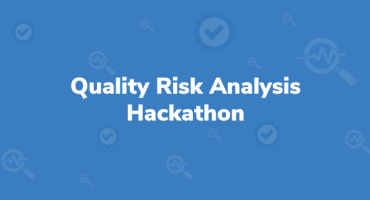Overcoming QA Challenges in Testing an AI-Powered Proposal Generator Tool
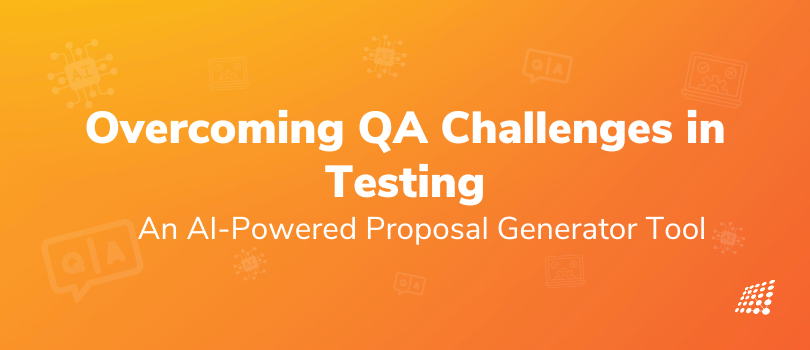
Introduction:
The advent of artificial intelligence (AI) and machine learning (ML) have drastically changed how businesses operate, offering several avenues to increase efficiency and productivity. This case study will examine the difficulties a QA specialist had when evaluating an AI-driven proposal generation tool and how they were resolved. We will also emphasize how important it is to evaluate and guarantee the quality of AI-powered solutions in order to achieve performance criteria.
Background:
An AI-powered software called a proposal generator tool compiles data from Upwork and shows the user a list of relevant job postings. The user can then pick their preferred job listing and create a detailed proposal for the position. The tool generates ideas based on the user's inputs using GPT-3 API, one of the most sophisticated AI technologies currently accessible.
Challenges Faced:
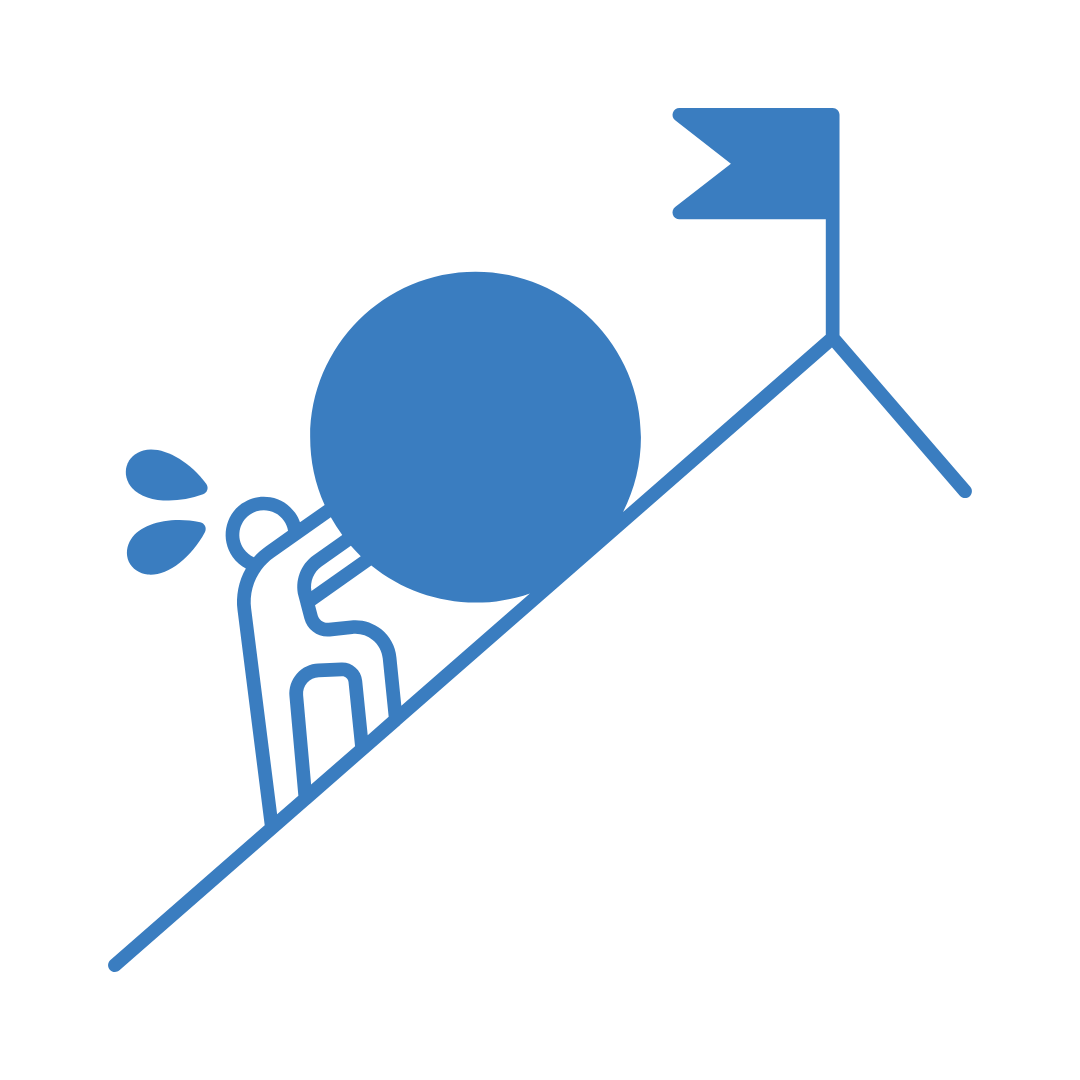
The testing of an AI-powered tool, such as the proposal generator tool, presents a special set of difficulties. In this scenario, the QA expert encountered three key difficulties.
Challenge 1: Understanding the AI Tool and its APIs
Knowing the AI technology and its APIs presented the first difficulty. The QA expert had to become familiar with the tool's features, inputs, and outputs since it was powered by the GPT-3 API. GPT-3 is a top-notch AI technology that can produce text that resembles that of a human being when given a prompt or input. To comprehend how it operates, you must have a specific skill set and expertise in natural language processing (NLP).
The QA expert took a proactive stance and requested assistance from ChatGPT to address this difficulty. The QA professional was able to gain knowledge about ChatGPT's operation by engaging with it. They worked with the development team to better comprehend the architecture of the tool and how it works with the GPT-3 API.
Challenge 2: Tight Timeline for Testing
The second obstacle was testing the tool within a constrained time frame. The QA expert had to make sure that the testing was finished before the project's rigorous deadline, which the customer had set. A lot of resources, including specialized tools, testing environments, and technical know-how, are needed to test an AI-powered solution.
Our QA expert prioritized the test cases according to their criticality and risk factors to get around this problem. They also collaborated closely with the development team to determine which areas needed more attention. To reduce time and improve efficiency, the QA expert automated some of the tests.
Challenge 3: Server Errors
The QA professional found device and network speed errors during testing which proved to be a major challenge as it impacted the tool's performance and generated inaccurate results. The server errors also affected the overall user experience and could lead to the loss of potential clients.
To overcome this obstacle, the QA professional systematically used a an approached that used a variety of tools and techniques to analyze server errors.
- To troubleshoot the issues and optimize the tool's performance, they collaborated with the development team.
- To improve the overall user experience, usability testing was conducted so that we could gather feedback from potential users.
Solution:

The QA professional successfully overcame the challenges by adopting a comprehensive testing strategy that covered all aspects of the AI-powered proposal generator tool. They also harnessed advanced technology and techniques to guarantee that the tool fulfilled the specified quality requirements and gave accurate findings. The steps taken by the QA expert were as follows:
Comprehensive Testing Strategy:The QA expert devised a thorough testing plan that encompassed all areas of the product, including functional, non-functional, and performance.
The plan included creating test cases, running tests, and analyzing test results. The QA expert also employed several testing methodologies such as exploratory testing, regression testing, and automated testing to ensure that all the components of the product performed as planned. The comprehensive testing strategy helped the QA professional identify and resolve issues early in the development process, thereby reducing the risk of costly defects.
Advanced Tools and Technologies: The QA specialist made use of cutting-edge techniques and technologies to enhance tool performance and lessen the effect of server faults. To simulate large traffic, for instance, and assess the tool's performance under pressure, they employed load testing tools like JMeter. In order to record and examine network traffic and spot any network-related problems, they also employed network monitoring tools like Wireshark.
Collaboration with Development Team: To resolve server issues and optimize the tool's performance, the QA specialist worked closely with the development team. To make sure that errors were found and fixed right away and that the tool fulfilled the required quality standards, they employed agile approaches. Along with implementing best practices for error handling and recovery, the QA specialist collaborated with the development team to lessen the effect of server errors on the tool's performance.
Usability Testing and Feedback Gathering: To enhance the tool's overall user experience, a QA specialist tested the usability of the tool and requested user input. They developed a test strategy using scenarios that represented actual use cases and tracked how users engaged with the application. Additionally, the QA expert gathered user feedback through surveys and interviews, using that feedback to pinpoint areas that needed improvement.
Recommendations:

Based on the results of our testing, we recommend the following:
To guarantee that all features are completely evaluated and any possible problems are found and fixed, it is crucial to allot enough time for testing AI tools.
It is crucial to enlist the aid of language models like ChatGPT while evaluating AI technologies since they may help with comprehending the tool's operation and creating suitable test cases.
In order to minimize server failures, it is advised to reduce the tool's data transmission pace and fine-tune the API requests.
Conclusion:
It was a challenging yet satisfying experience to test an AI proposal-generating tool. Despite the short time frame, we were still able to detect and fix any possible problems thanks to ChatGPT's assistance in generating pertinent test cases. Our suggestions will assist those planning to test similar AI tools to make sure their testing is efficient and productive.
Get in touch with our QA experts to know how we leverage the power of AI to ensure seamless QA and software testing experiences, products, and services!
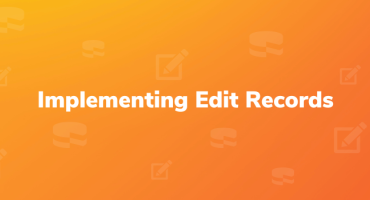
Implementing edit records in multiple associated tables in Cakephp 3
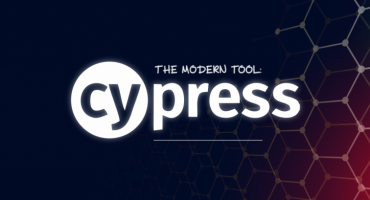
THE MODERN TOOL: CYPRESS
